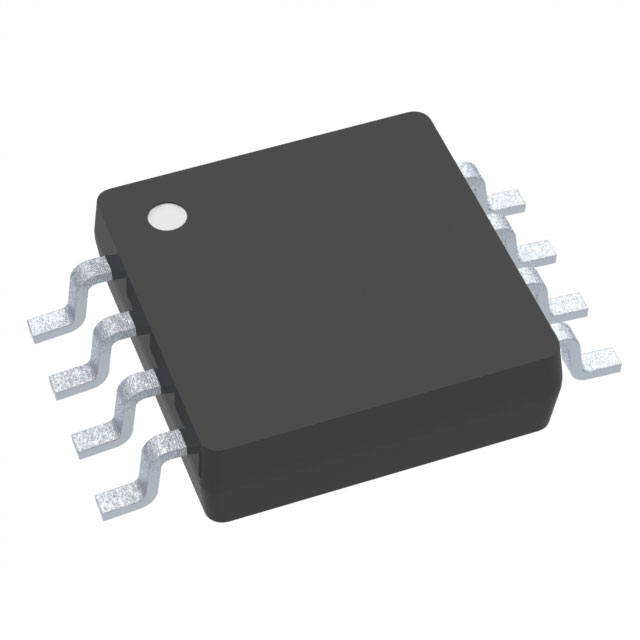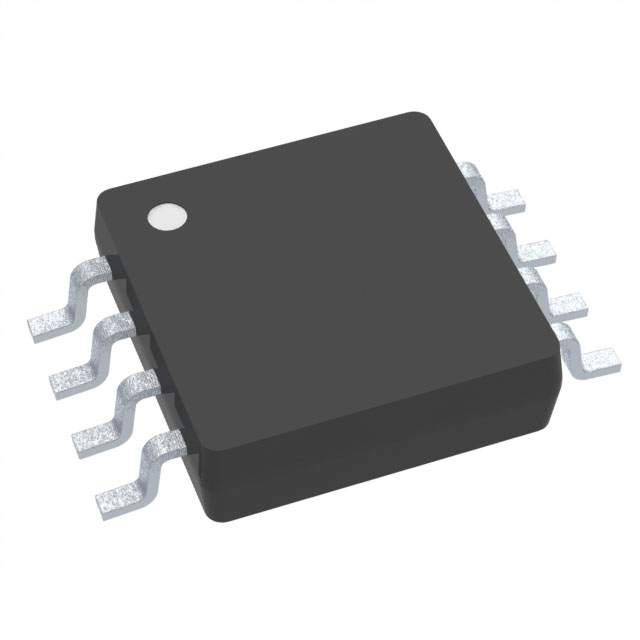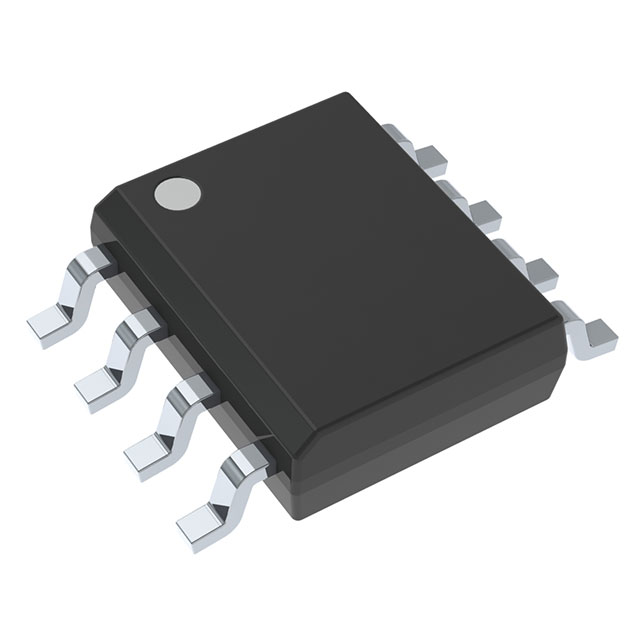OPA1692
The OPA1692 is a high-performance, low-noise operational amplifier manufactured by Texas Instruments, designed for precision audio and signal conditioning applications. It features an ultra-low noise density of just 1.5 nV/√Hz at 1 kHz, making it ideal for high-fidelity audio systems where minimal distortion and noise are critical. The device offers a wide bandwidth of 40 MHz, ensuring excellent signal fidelity across a broad frequency range, while maintaining a high slew rate of 30 V/μs for fast transient response.
This op-amp operates from a single supply voltage ranging from ±2.5 V to ±18 V, providing flexibility in power supply design and compatibility with both low-voltage and high-voltage systems. Its input bias current is exceptionally low at 2 pA, enabling high impedance applications such as sensor interfaces and precision measurement circuits. Additionally, the OPA1692 includes a rail-to-rail output stage, allowing maximum dynamic range without signal clipping, which is especially beneficial in audio and analog signal processing.
Key performance characteristics include a high open-loop gain of 110 dB and a low total harmonic distortion (THD) of 0.0005% at 1 kHz, which ensures accurate signal reproduction. The amplifier also exhibits excellent DC precision, with a typical offset voltage of 50 μV and a drift of only 0.2 μV/°C, making it suitable for long-term stable operation in demanding environments. The device is fully specified over a temperature range of –40°C to +125°C, enhancing its reliability in industrial and automotive applications.
In terms of protection features, the OPA1692 incorporates ESD protection on all pins and internal short-circuit protection, improving robustness against electrostatic discharge and accidental load faults. It is available in a compact SOIC-8 package, facilitating space-efficient PCB layouts while maintaining thermal performance through efficient heat dissipation.
Common applications include professional audio equipment, microphone preamplifiers, active filters, instrumentation amplifiers, and data acquisition systems. Its combination of low noise, high speed, and precision makes it particularly well-suited for use in high-end audio gear, medical devices, and industrial measurement systems where accuracy and stability are paramount.
Related Parts
| Part # | Manufacturer | Description | Availability | Pricing | Quantity |
|---|---|---|---|---|---|
 OPA1692IDGKTOP Amps, Buffer Amps ICs | Texas Instruments | IC AUDIO 2 CIRCUIT 8VSSOP | 57857 | 1+: $1.67900 10+: $1.46309 30+: $1.33495 250+: $1.20505 500+: $1.14537 1000+: $1.11904 | |
 OPA1692IDGKROP Amps, Buffer Amps ICs | Texas Instruments | IC AUDIO 2 CIRCUIT 8VSSOP | 15644 | 1+: $1.13474 10+: $0.94021 100+: $0.87537 1000+: $0.84295 | |
 OPA1692IDROP Amps, Buffer Amps ICs | Texas Instruments | IC AUDIO 2 CIRCUIT 8SOIC | 14484 | 1+: $1.55664 10+: $1.33805 30+: $1.20226 | |
 OPA1692IDOP Amps, Buffer Amps ICs | Texas Instruments | IC AUDIO 2 CIRCUIT 8SOIC | 9937 | 1+: $1.36097 10+: $1.12767 100+: $1.04989 1000+: $1.01101 |







.png?x-oss-process=image/format,webp/resize,h_32)










